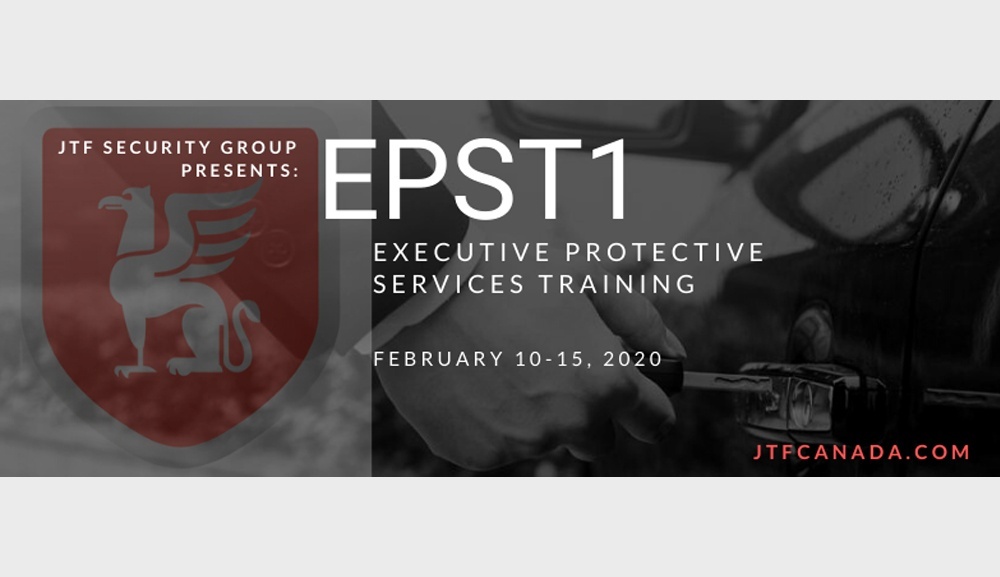EPST1: EXECUTIVE PROTECTIVE SERVICES TRAINING


EPST1 is our mid-level protective training course designed for both domestic and foreign duties. Our methodology focuses heavily on soft operation manoeuvres for non-hostile environments, enabling participants to make important life-saving decisions under duress. From VIP protection, to corporate clients, politicians and foreign dignitaries, the art of protection requires more than just big boys with imposing looks, cool cars and wanna-be action super heroes.
Psychology of the Protector
Let's get to the heart of it: the reality of protective work is that it can be extremely boring: head on a swivel, eyes scanning the crowd, ears on the radio. Many schools press for vigilance, the protector constantly on alert. Whereas at JTF Security Group, we believe in "deep awareness", with a state of relaxation allowing protectors to be sensitive to changes, both in their environment and in themselves. Twelve hours of vigilance is realistically not sustainable, nor healthy for that matter. Being "relaxed" is an internal state, that comes with proper and continuous training; its symptomization shouldn’t be visible from the outside, but it allows for operators to remain comfortable, present and smooth in their processes.
The Reality of Domestic Operations
Private security guards on protective duties in Canada cannot be armed (funny how cash and assets can be protected by armed guards during transport, but a person cannot). So what does that mean? The training needs to reflect these limitations. Having said that, we do spend a fair amount of time in our EPST1 course going over weapon handling. Part of it is to teach the reality of neurological displacement during an "adrenaline dump" and the need to keep the psyche together, while making decisions and acting on them. The second element is the importance of impeccability, awareness and responsibility- and nothing brings it into perspective more than the reality of fire arms work. Last, we believe that a protective guard should know the basics of weapon handling should they find themselves in an environment requiring it. Similar to CPR and first aid.
Canada is a very safe country. Having said that, the reality of protective work is that it needs to prepare for all eventualities- earthquake, vehicle breakdown, medical and first aid, power outages, and extreme weather to name a few. These are beyond the foreseeable threats such as organized crime, crimes of passion, target crimes, or opportunistic threats. So preparation and planning are huge elements of the course, allowing participants to have a glimpse into the importance of meticulous preparation around the clock for all aspects of protection. Students will also look at the variables in threat and risk assessment and how those elements influence strategies and tactics.
A great amount of time is spent on hands-on elements, everything involving transitional spaces, vehicles, onbus/debus, door management, escapes and evasions, team formations, communication protocols, legalities, use-of-force, and professionalism.
Demanding but Rewarding Training
EPST1 is a demanding course: certainly not designed to be accommodating. The roles of our instructors are to ensure that maneuvers and protocols are drilled repeatedly until all participants are comfortable doing them.
It is a very physical course that requires the utmost focus and attention of participants. It is not a lower-common denominator course and certainly requires participants to tap into the best version of themselves. There are no frills or luxuries- just some hard (yet very safe and fun), demanding and educational training that will propel your protective skills to a whole new level.
No experience or security license needed to participate.